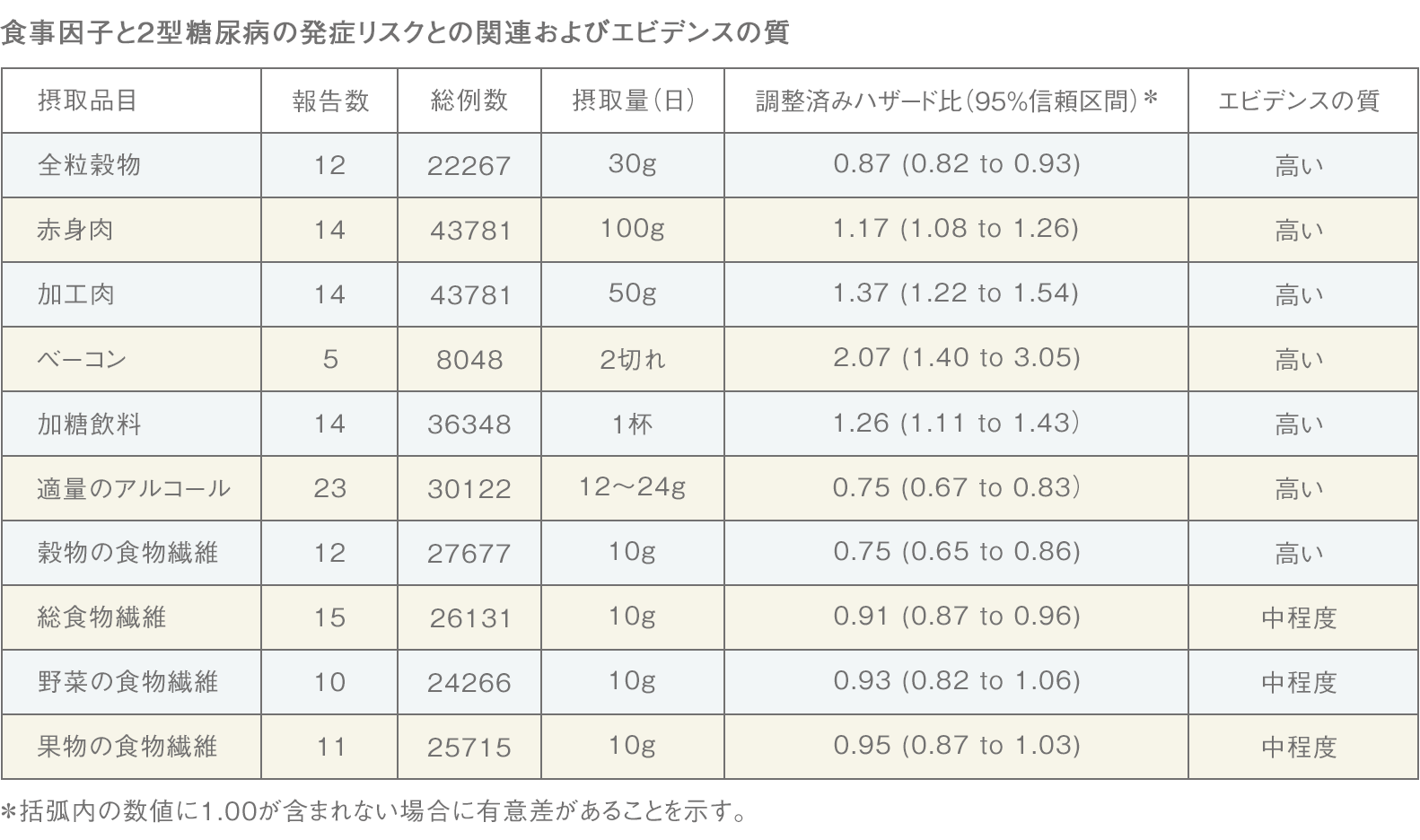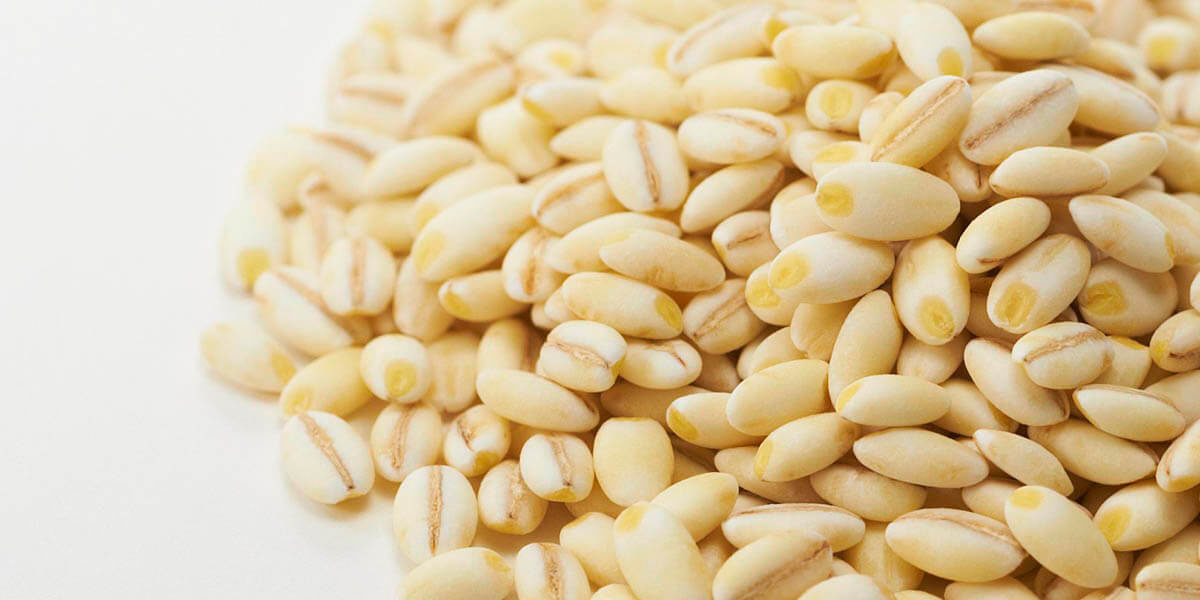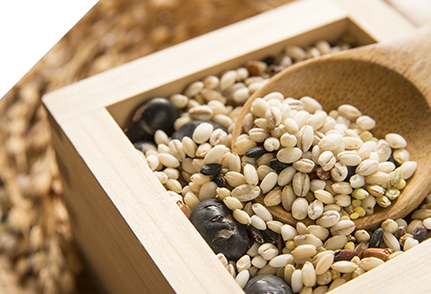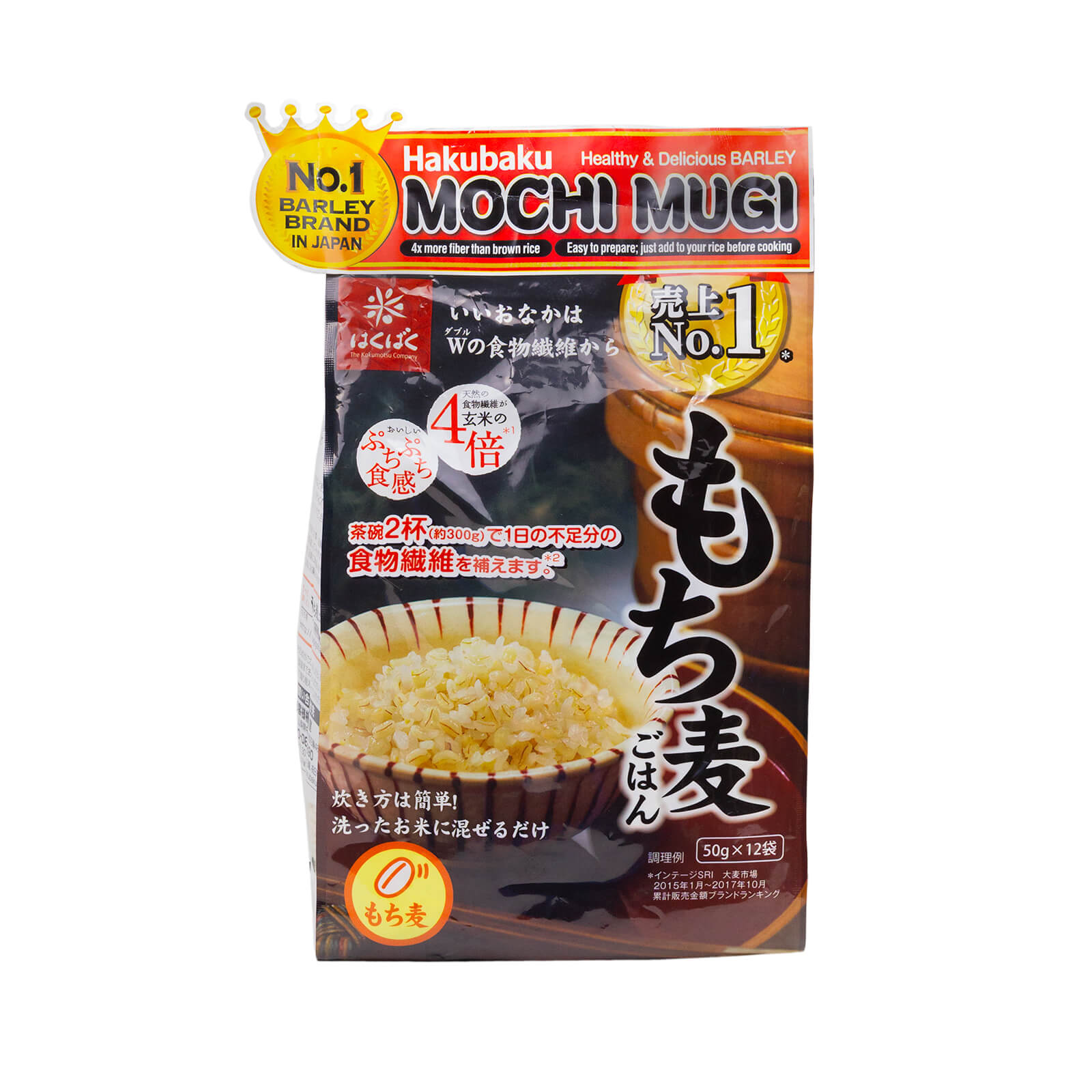Mochi mugi pearled barley grain fiber may reduce risk of Diabetes
Umbrella Review Evidence “High”
Background:
Although there have been numerous reports on the effects of dietary factors on the development of type 2 diabetes, none have comprehensively verified the strength and validity of the association. The purpose of this study was to evaluate the existing evidence by an umbrella review that collectively analyzes the results of a systematic review that was meta-analyzed. Fiber possibly reduces risk of diabetes
[Method]
Search PubMed, Web of Science, and Embase until August 2018, and search for the risk of developing type 2 diabetes and dietary habits, dietary quality, food groups, foods, beverages, alcoholic beverages, major nutrients, and micronutrients. Select a report that meta-analyzes observational studies on the association of.
The quality of the evidence was evaluated using a modified version of NutriGrade. “High” quality of evidence by scoring risk of various biases, the accuracy of estimation, heterogeneity (whether they can be integrated quantitatively), directness (eg, whether there was a difference in the study population or intervention), effect size, etc. It was divided into “medium”, “low” and “very low”.
Results
Finally, 53 meta-analyses, including 153 statistics, were selected. The breakdown of statistics is diet and diet quality (n = 12), food groups and foods (n = 56), beverages (n = 10), alcoholic beverages (n = 12), major nutrients (n = 32), trace amounts. It was a nutrient (n = 31).
The table below lists the key items regarding the association between dietary factors and the risk of developing type 2 diabetes and the quality of the evidence.
Four foods had high-quality evidence for the development of type 2 diabetes. Whole grains like mochi mugi pearled barley, were the only foods that reduced risk, with every 30g increase in whole grain intake reduced the risk by 13%. There were three risk-raising foods: lean meat, processed meat, and bacon. The risk increased by 17%, 37%, and 107% for each additional 100g, 50g, and 2 slices per day, respectively.
In beverages, moderate drinking reduced the risk by 25%. The risk of sugared beverages increased by 26% with each additional drink per day. Barley tea with no sugar an some fiber possibly reduces risk of diabetes
When analyzed by food composition, only one had the highest quality of evidence, which was cereal fiber (cereal fiber). On the other hand, the quality of the evidence was “moderate” in terms of total fiber intake and fiber in vegetables and fruits.
[Discussion and Conclusion]
There is high-quality evidence that whole grains and grain fiber reduce the risk of developing type 2 diabetes. Recommendations such as increasing whole grain intake, increasing dietary fiber intake, and refraining from eating foods with a high GI (glycemic index) are also given in various guidelines for the prevention of type 2 diabetes. Our results are in agreement with this.
[Research institute]
Heinrich Heine University (Germany), German Diabetes Research Center, etc.
[Representative of Barley Lab: Comment from Seiichiro Aoe]
The Umbrella Review is a further integration of multiple meta-analyses. So far, some meta-analyses have shown that among the fiber in cereals, vegetables and fruits, only fiber in cereals is effective in reducing the risk of type 2 diabetes, but this Umbrella Review confirms. Became a target. Examples of dietary fiber sources for cereals include whole wheat, brown rice, barley, rye, and oats. Quality evaluation of arabinoxylan (rich in the former two) and β-glucan (rich in the latter three) Is desired in the future.
Role of diet in type 2 diabetes incidence: umbrella review of meta-analyses of prospective observational studies



